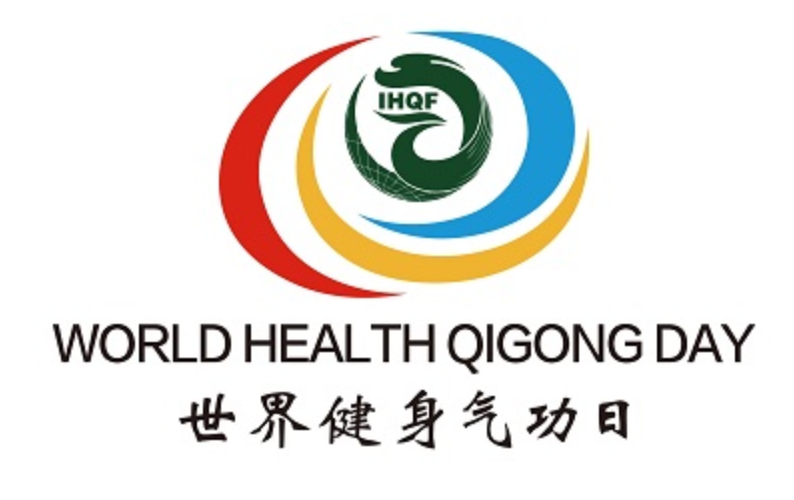 The World Health Qigong Day will be observed on Saturday 11 September 2021.
The World Health Qigong Day will be observed on Saturday 11 September 2021.
*** LIFE BETWEEN BREATHS ***
Watch this space for updates on locations in Australia!
The Italian Chin Woo Athletic Association will host the 1st Traditional KungFu Championship 2021 Online! This Online Championship will be your chance to express yourself and show off your skills in Chinese Martial Arts. The Championship will be held entirely online, giving practitioners from all over the world the opportunity to participate.
Registration Deadline: 31 July 2021!
by Guo-YanYanga AngeloSabaga Wen-LiHaoab Li-NingZhangc1 Ming-XianJiad1 NingDaie HanZhangf ZahraAyatiag Yan-JunChengh Chen-HaoZhangi Xiao-WenZhange Fan-LongBuj MinWenak XianZhoua Jian-PingLiue Peter M.Waynel CarolynEea DennisChanga HosenKiatmn JenniferHuntera AlanBensoussana
Abstract
The objective of this bibliometric review was to identify the volume, breadth, and characteristics of clinical studies evaluating Tai Chi published between January 2010 and January 2020. Five English and four Chinese language databases were searched. Following independent screening, 1018 eligible publications representing 987 studies were identified, which was a three-fold increase from the previous decade. Most common were randomized controlled trials (548/987, 55.5 %), followed by systematic reviews (157/987, 15.9 %), non-randomized controlled clinical studies (152/987, 15.4 %), case series (127/987, 12.9 %) and case reports (3/987, 0.3 %) that were conducted in China (730/987, 74.0 %), followed by the United States of America (123/987, 12.5 %) and South Korea (20/987, 2.0 %). Study participants were mostly in the adult (55.2 %) and/or older adult (72.0 %) age groups. The top ten diseases/conditions were hypertension, chronic obstructive pulmonary disease, diabetes, knee osteoarthritis, heart failure, depression, osteoporosis/osteopenia, breast cancer, coronary heart disease and insomnia. A quarter of the studies enrolled healthy participants to evaluate the effects of Tai Chi on health promotion/preservation, balance/falls, and physiological/biomechanical outcomes. Yang style Tai Chi was the most popular, followed by Chen and Sun style. Tai Chi was mostly commonly delivered face-to-face by a Tai Chi instructor in group settings for 60 min, three times a week, for 12 weeks. Most studies (93.8 %) reported at least one outcome in favor of Tai Chi. Adverse events were underreported (7.2 %). Over half fell short of expected intervention reporting standards, signalling the need for Tai Chi extensions to existing guidelines.